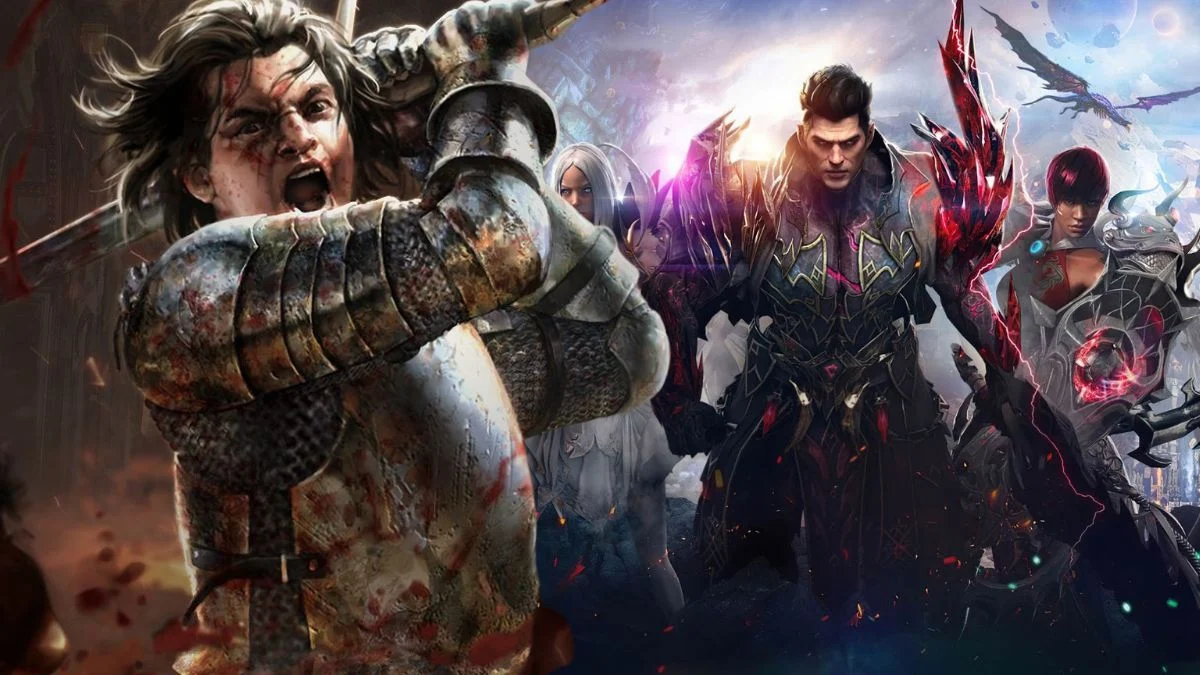
Video game worlds usually seem solid, but a single flaw or change can suddenly cause chaos in their economies, with prices fluctuating wildly and players trying to save their possessions. You can often watch these markets collapse in real-time, as trading stops, virtual money loses value, and game developers work quickly to fix the problems. These crashes typically begin with issues like items being duplicated, automated programs interfering with the game, or changes to the game’s rules that affect all players. Here are some memorable instances where in-game economies failed spectacularly, becoming part of gaming lore.
‘EVE Online’ (2003)
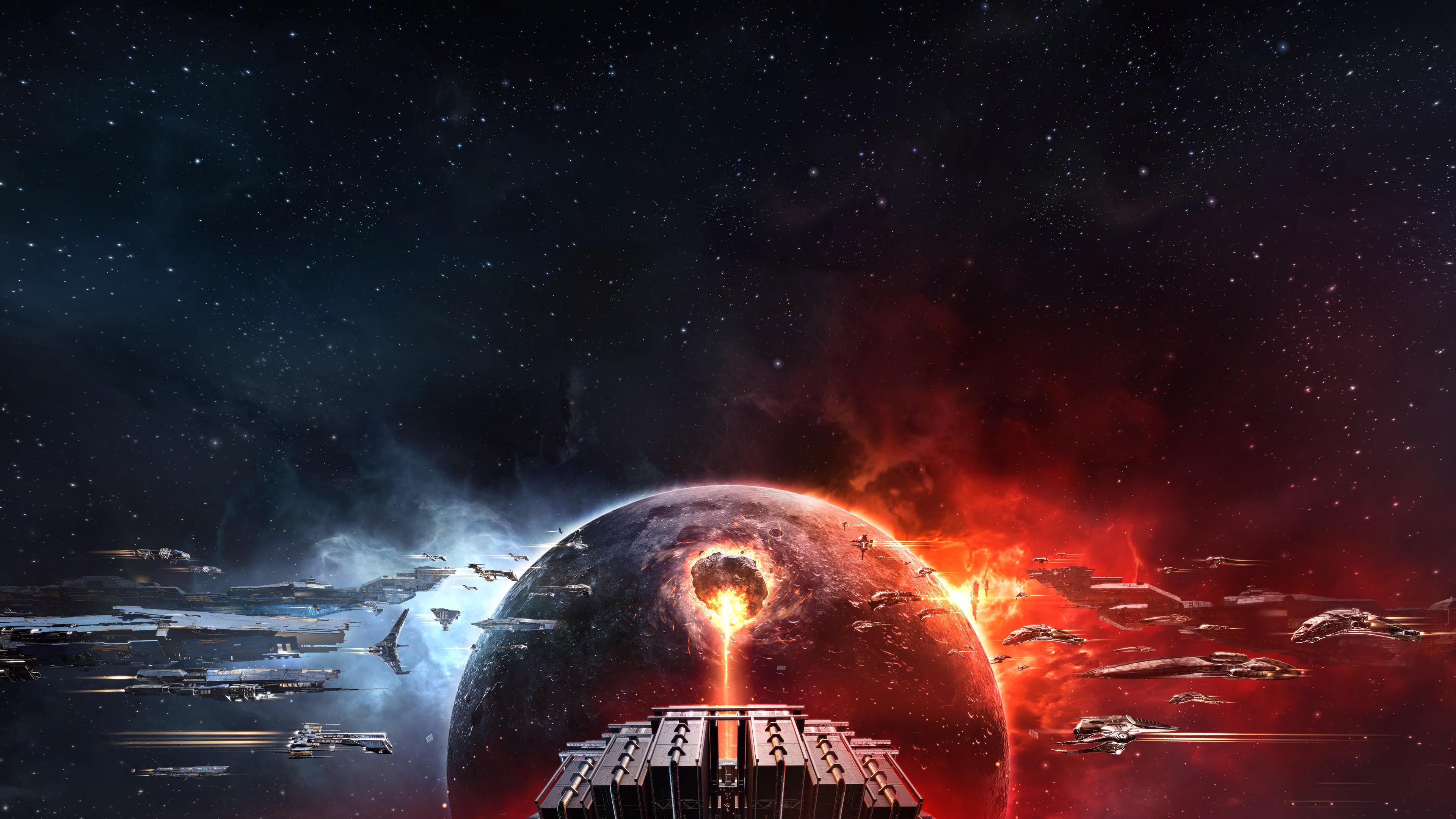
EBank, a player-run bank, collapsed after funds went missing, causing widespread panic in major trading centers. Then, industrial groups intentionally limited the supply of essential minerals, driving up prices. Simultaneously, a ban on outside gambling suddenly removed a lot of money from the game’s economy. Game developers also experimented with limiting and then restoring resources, which led to rapid and unpredictable changes in the prices of ships and equipment. These events are now considered classic examples of how supply and demand can fluctuate wildly in a game-based economy.
‘Diablo III’ (2012)
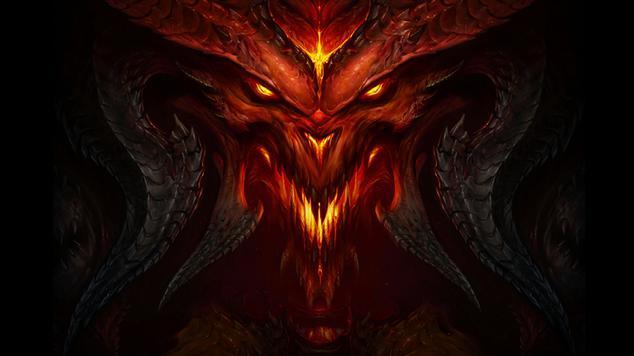
The game’s auction house allowed players to directly buy items with real money, which quickly destabilized the in-game economy. Automated programs and item resale overwhelmed the market, causing the price of essential equipment to plummet after item drop rates were changed. The influx of illegally sold gold exceeded the game’s methods for removing it from circulation. Frequent emergency updates and shifting trade rules led to sudden, drastic changes in item values. Ultimately, the auction house was shut down, and the economy recovered with systems that bound items to player accounts.
‘World of Warcraft’ (2004)
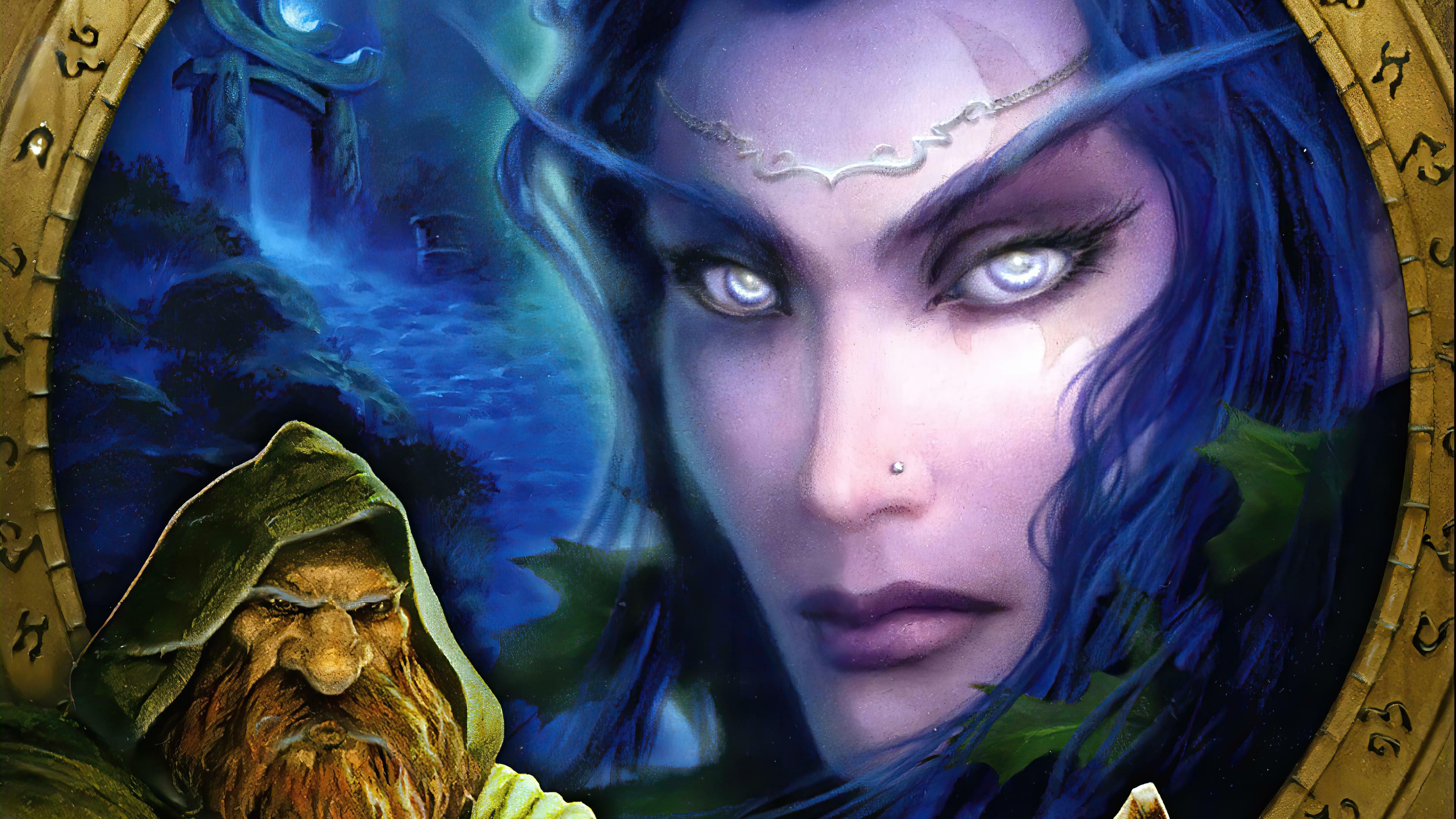
Exploits and automated programs repeatedly flooded the game with gold, quickly driving up prices at the auction house. One major problem involved a data error that broke the system for undercutting prices, causing prices to crash until developers released a fix. Afterwards, players found ways to earn excessive gold through missions, overwhelming the game’s systems for removing gold, and causing material prices to fluctuate wildly as rewards were adjusted. Each time a fix was implemented, traders quickly adjusted prices for everything from potions to mounts.
‘RuneScape’ (2001)
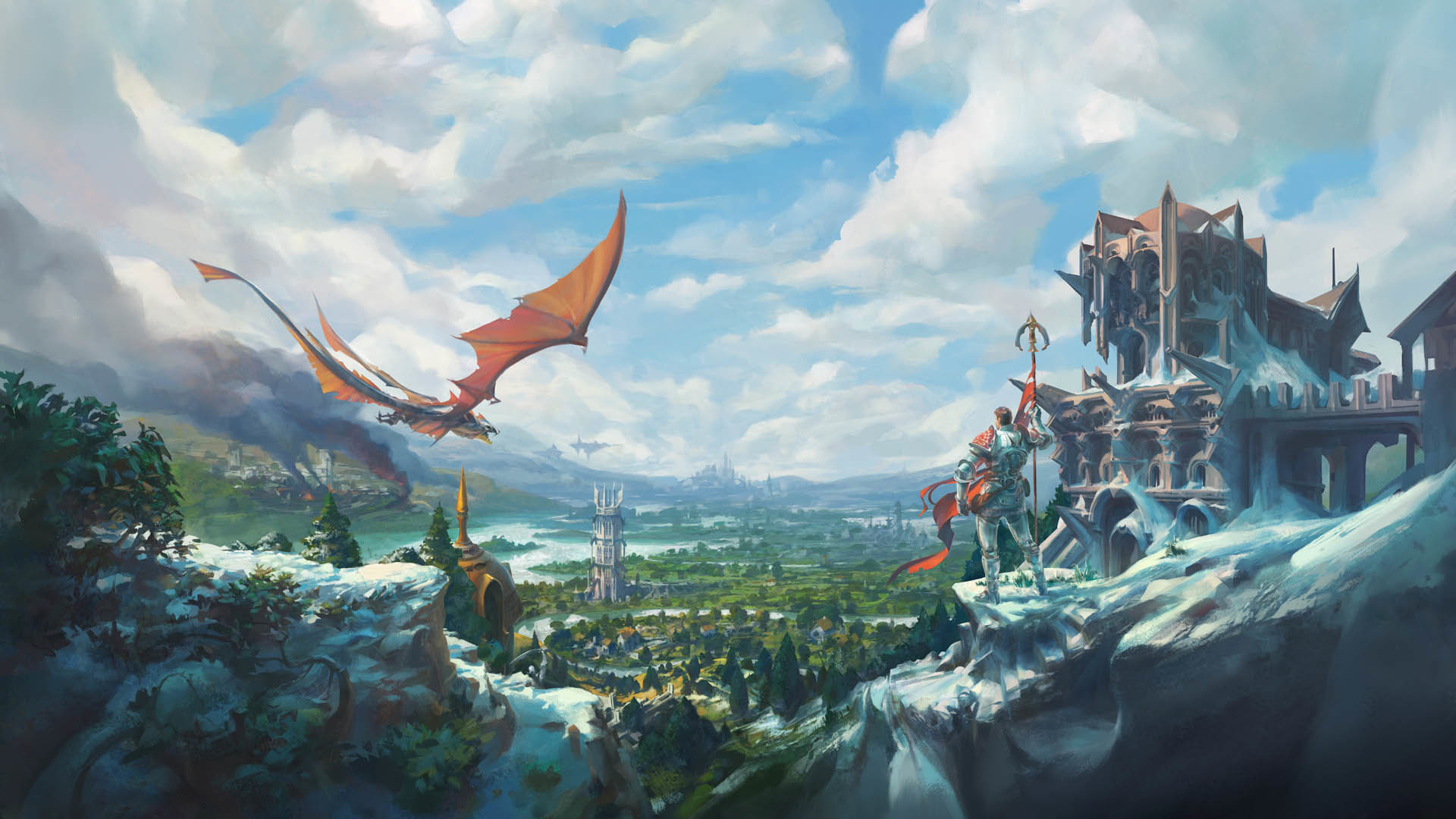
The initial excitement around trading party hats led to inflated prices, but these quickly collapsed when more hats became available, causing significant losses for some traders. Changes to trading rules and the appearance of unofficial trading channels caused unpredictable behavior. Serious problems with item duplication forced developers to reset things, and rare items lost value as players rushed to sell them. Whenever a new problem arose, the main marketplace filled with panicked sellers.
‘Guild Wars 2’ (2012)

A mistake in the game’s crafting system allowed players to quickly create high-level items at a very low cost, causing prices to crash. The game’s market was overwhelmed with these items, and prices dropped to rock bottom. The developers had to shut down the system and ban players involved. This also caused huge fluctuations in the exchange rate between the game’s currencies. Once the issue was fixed, it took time for the economy to recover and prices to stabilize.
‘The Elder Scrolls Online’ (2014)

A bug at the game’s launch accidentally created a huge number of valuable items in player guilds, causing prices to skyrocket very quickly. Players immediately started using these extra resources to buy things like houses and mounts, affecting more than just those who make items. The game developers quickly disabled trading and released fixes, but prices didn’t return to normal until they banned players and deleted the extra items.
‘New World’ (2021)
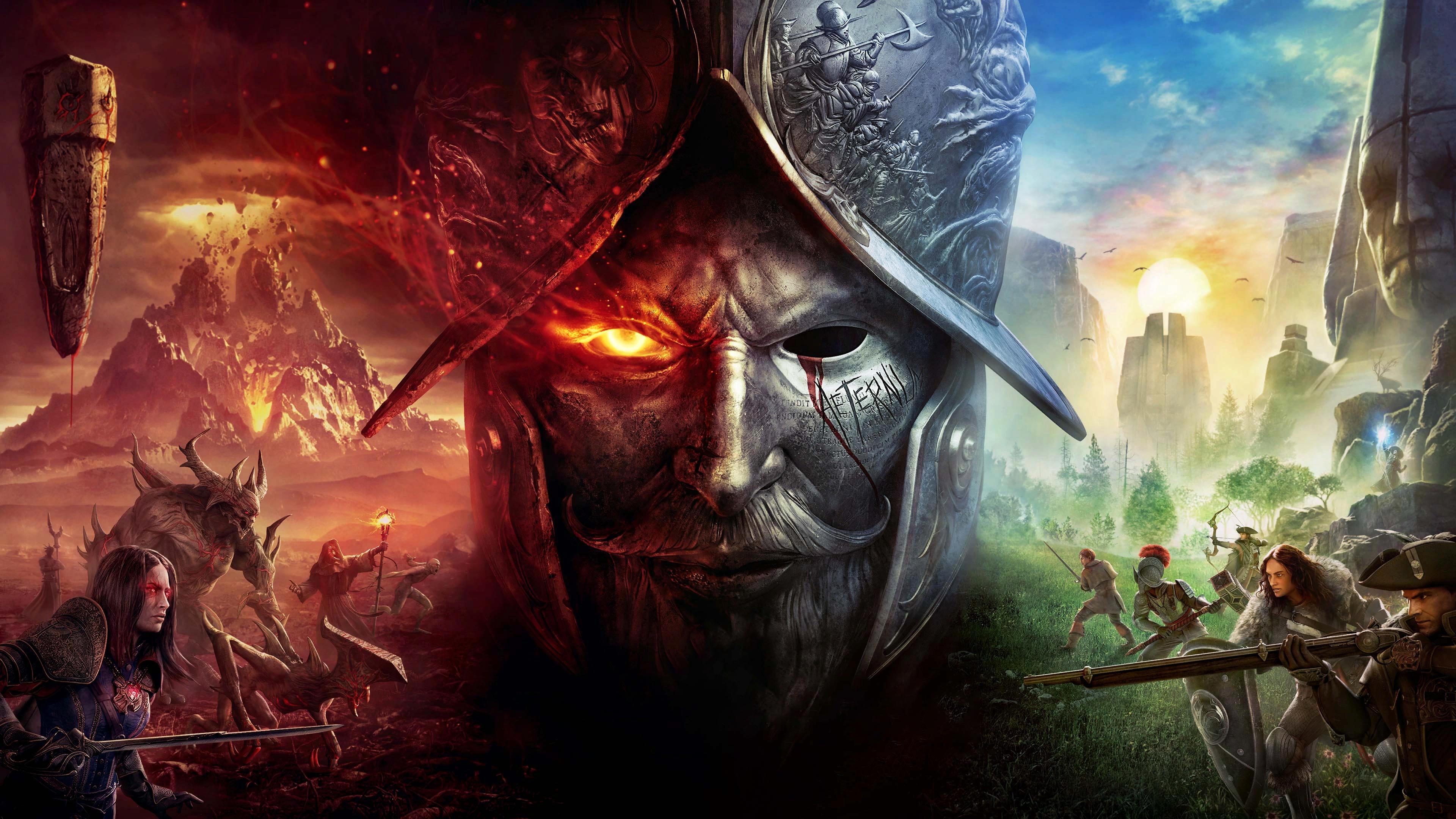
Shortly after the game launched, several glitches allowed players to unfairly create copies of gold. Each time this happened, the developers had to temporarily shut down ways for players to trade with each other and use trading posts. This was especially damaging to player-owned companies and territories, as it cut off their income. When the developers gave refunds or compensation, the prices of crafted items changed dramatically. The game’s economy frequently froze up, and players could see these issues happening live in the chat.
‘Path of Exile’ (2013)
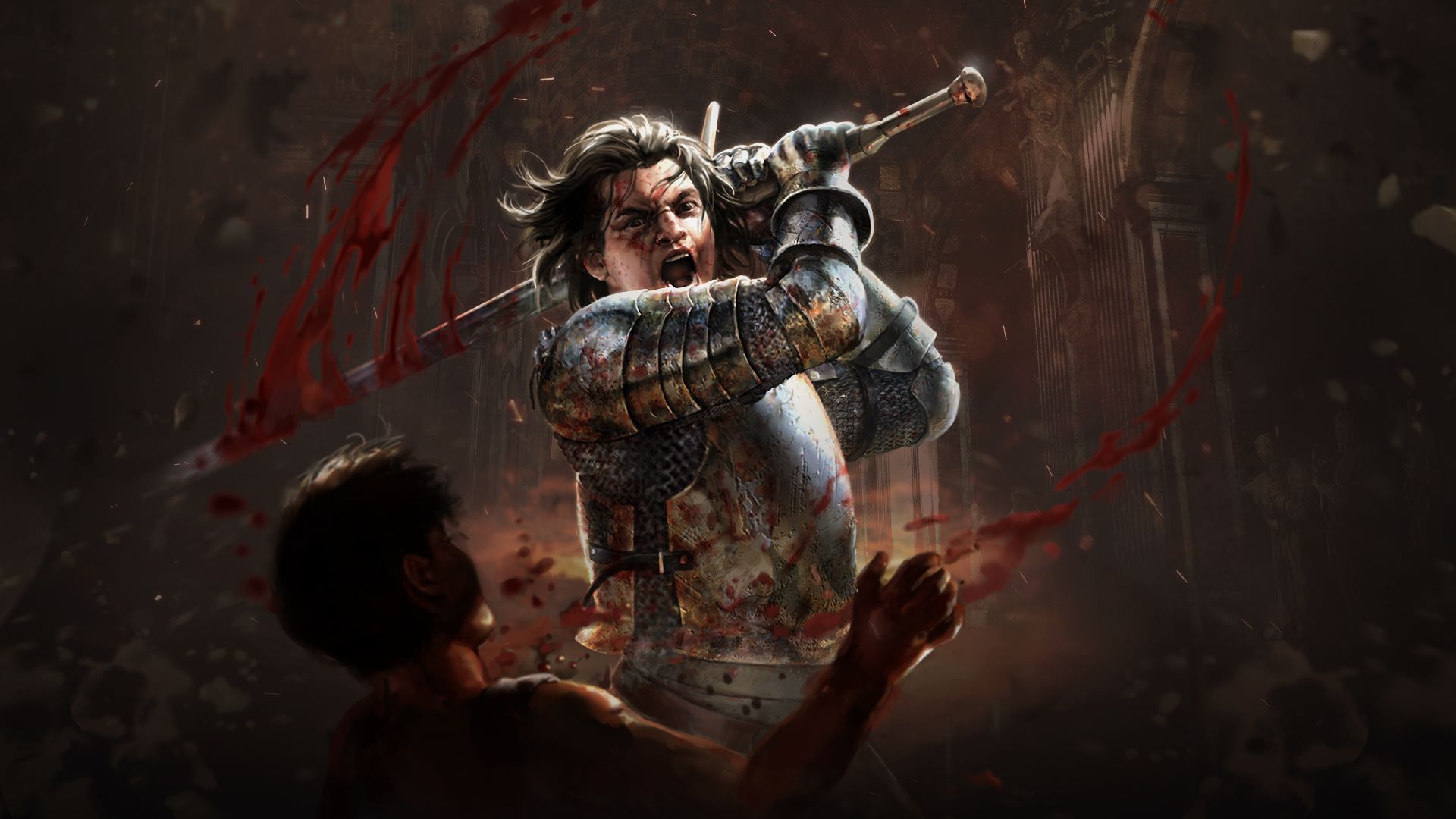
Sometimes, the way items were crafted in the game accidentally created extra copies, which threw the in-game economy off balance during the season. High-value items started appearing more often than intended, and common currencies lost value because there were too many of them. The developers quickly released fixes and temporarily removed some crafting options, causing prices to change immediately. This impacted popular character builds because the cost of unique items didn’t match how rare they were supposed to be.
‘Team Fortress 2’ (2007)

A temporary glitch with in-game crates briefly made it much easier to get valuable items, causing prices for hats to plummet as players rushed to sell. Traders quickly got rid of their stock because the rare items weren’t so rare anymore, making past price predictions unreliable. Once the problem was fixed and some items were identified, the whole event changed how people thought about item rarity. For several days after, online price trackers showed big fluctuations as the market tried to stabilize.
‘Counter-Strike: Global Offensive’ (2012)
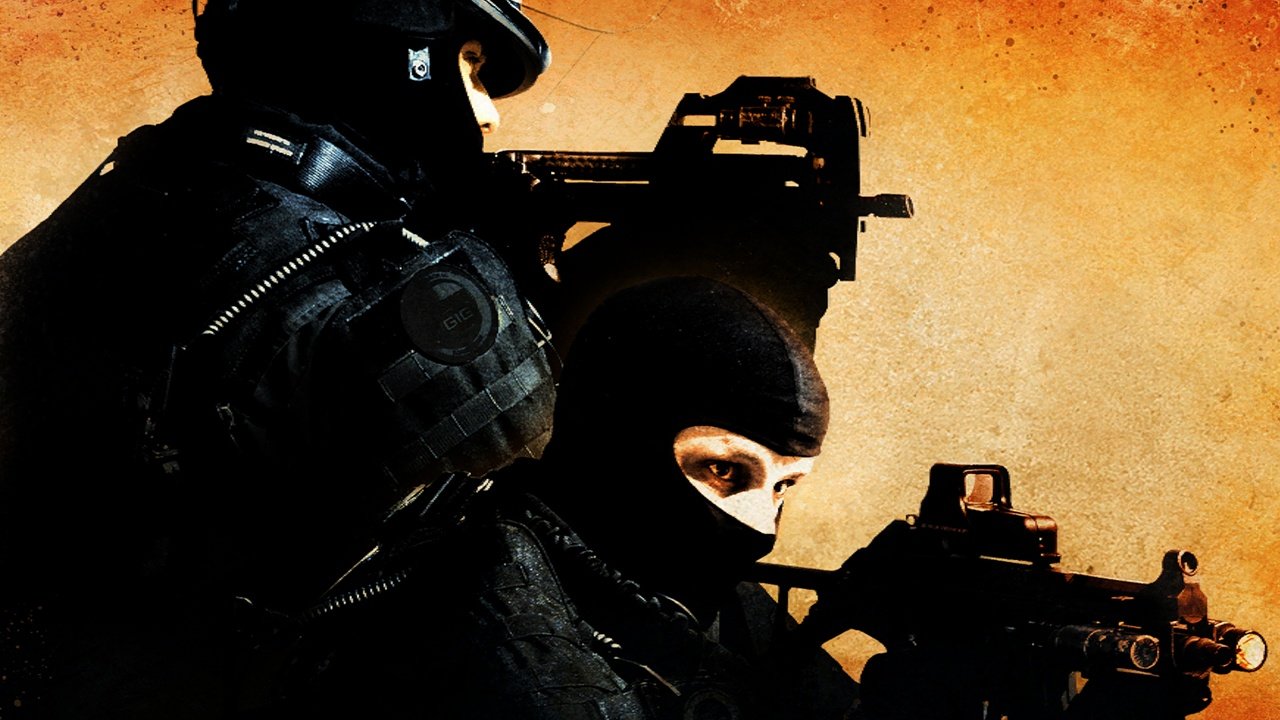
Changes to rules around trading and gambling caused sudden drops in skin prices. When betting on skins through outside websites was restricted, interest in certain items disappeared, and many more skins became available for sale. Further changes to how quickly items could be traded slowed down quick reselling and reduced the price difference between buying and selling popular items like knives and rifles. The market eventually adjusted, but those watching prices saw the initial declines happen very quickly.
‘Escape from Tarkov’ (2016)

Changes to what vendors sell and the items found in the game can instantly make previously profitable trading methods useless, causing prices of commonly bartered goods to plummet. We’ve seen this happen before, particularly with items related to bitcoin and rare electronics, where profits dropped rapidly after a rebalance. Players tend to stockpile items when patch notes are released, then quickly sell them off, creating big spikes and dips in flea market prices. Because of the game’s regular resets, these effects are even more pronounced, as starting fresh intensifies any sense of urgency or panic.
‘Lost Ark’ (2019)
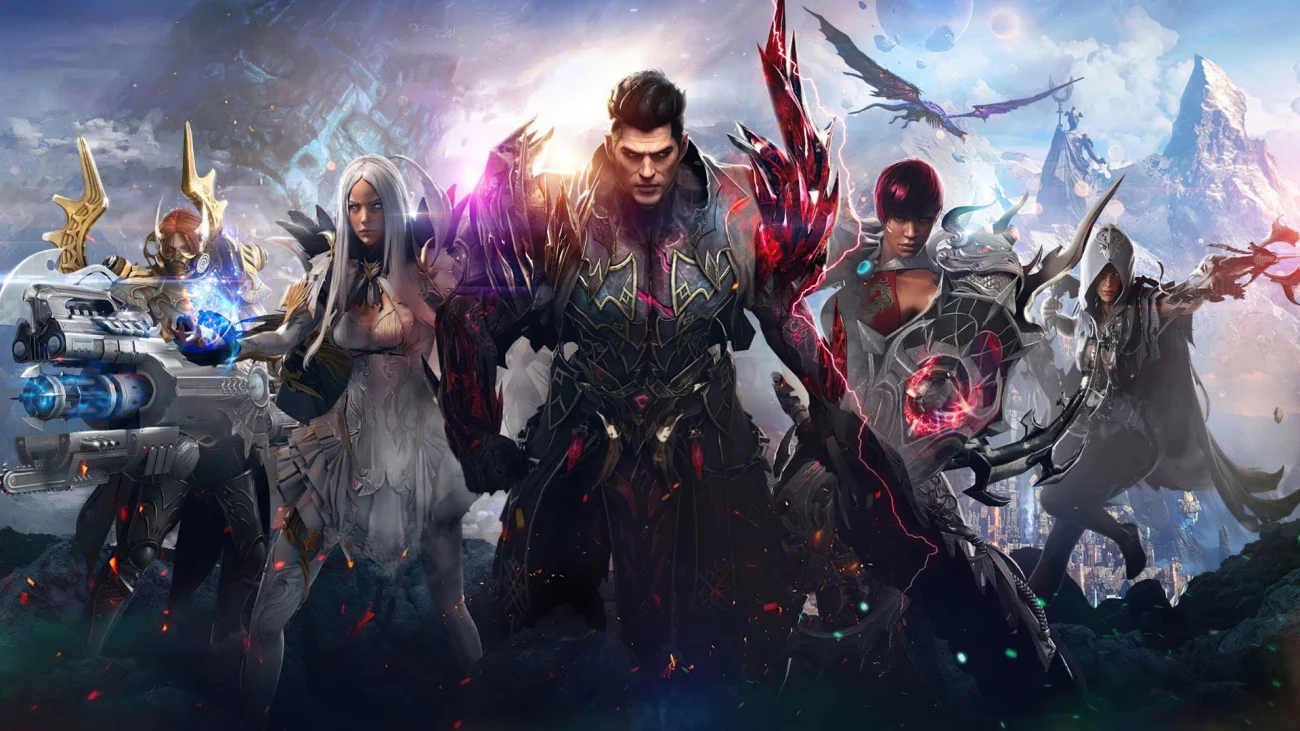
A surge of automated bots flooded the in-game auction house with cheap materials. The game developers quickly banned many of these bots and placed temporary restrictions on trading, which caused a sudden drop in available items and a spike in prices. Adjustments to crafting costs and rewards immediately changed how much players wanted specific resources like shards and stones. The market became very unstable, fluctuating wildly with each new change the developers made.
‘MapleStory’ (2003)

Problems with duplicated game currency frequently devalued the in-game economy and required urgent server fixes. The market became flooded with illegally copied rare items and gear, overwhelming the legitimate supply. Following these fixes, the game developers implemented ways to remove the excess currency and stabilize prices. Players who traded closely watched these events, as significant wealth could be gained or lost in a single night.
‘Ultima Online’ (1997)

Early glitches allowed players to easily copy items, flooding the game’s economy and causing prices to plummet. Because players could trade freely, news of these exploits spread quickly, and the market reacted almost immediately. While the developers removed the duplicated items and released fixes, players were hesitant to pay previous high prices, and the damage was done. This situation created some of the first examples of a real-time economic crash within a continuously running game world.
‘Star Wars Galaxies’ (2003)
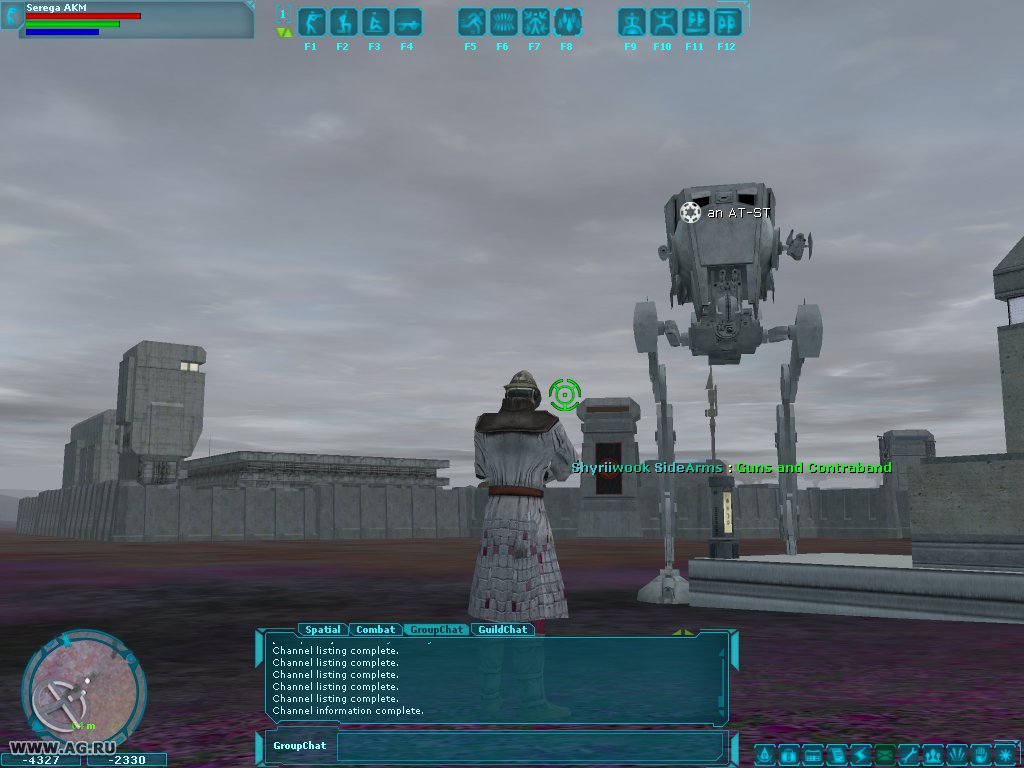
Problems with copied credits and unreliable vendors led to a big increase in prices, making items crafted by legitimate players worth less. Extremely powerful resources appearing in the game also threw prices off balance, as players focused on maximizing their profits in specific areas. Quick fixes changed how often items dropped and removed some credits, causing further disruption. Ultimately, the game’s economy never recovered to how it was before these issues began.
‘Second Life’ (2003)
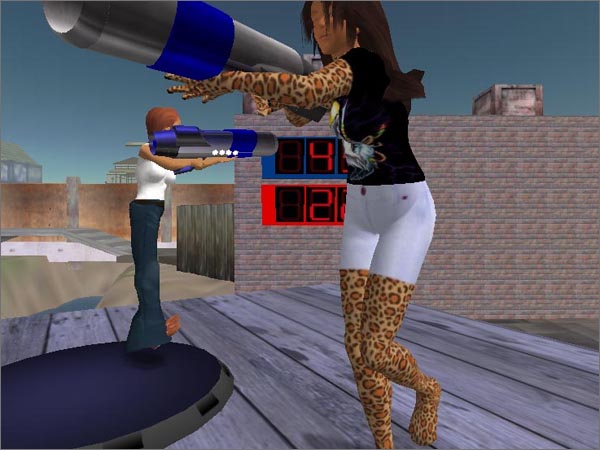
A major bank failure caused people to lose their money and triggered a rush to exchange currency. New rules limiting gambling and risky financial activities quickly reduced activity and available funds. Both real estate and digital assets decreased in value as trust diminished and the number of items for sale increased. The platform was forced to implement stricter financial safeguards to avoid a repeat of the crisis.
‘Albion Online’ (2017)
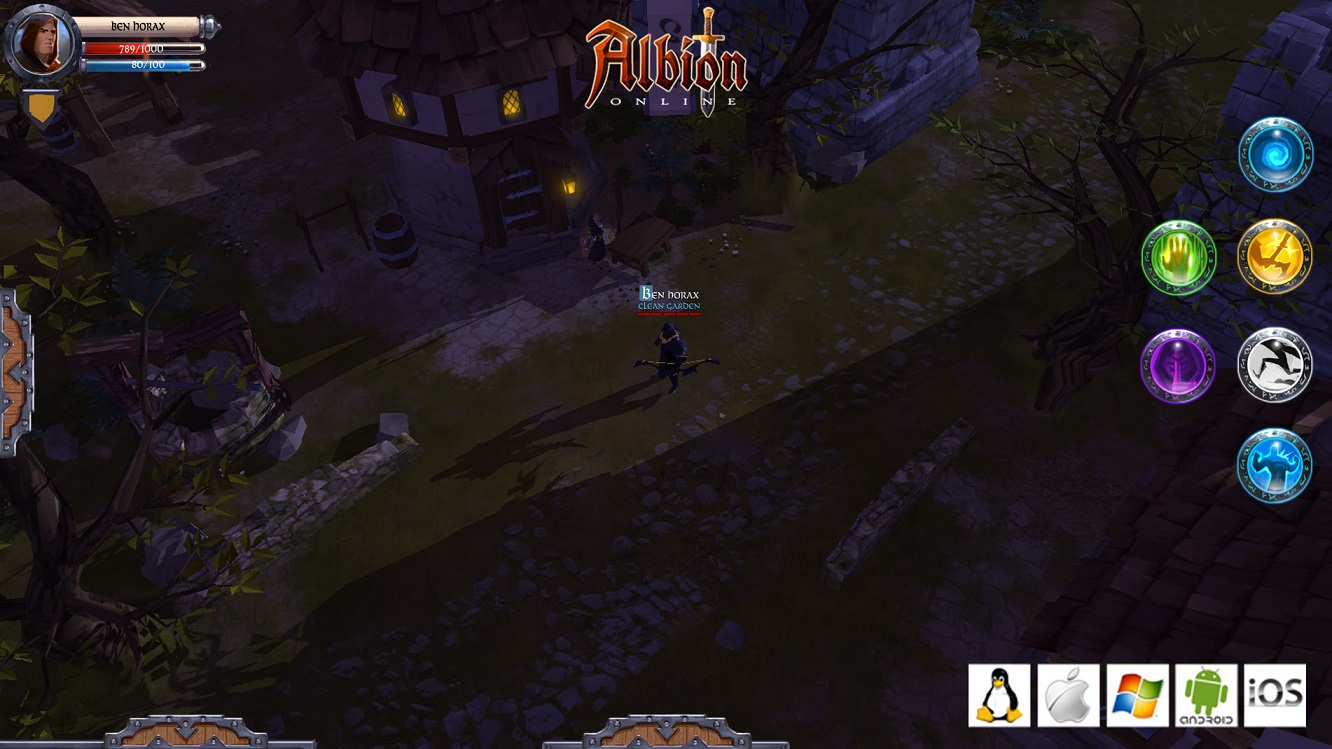
As a long-time player, it was pretty wild watching the economy go up and down recently! Some groups figured out how to exploit transportation and the black market to mess with prices, basically buying low and selling high to make a huge profit. This caused prices to crash all over the place. Then, someone discovered a way to quickly create tons of items, flooding the market and making things even worse. The developers were amazing, though! They jumped in with hotfixes, adjusted taxes, and tried to soak up extra silver as quickly as possible. Because everything is full loot in this game, you could see the impact of every change on the marketplace – it was like watching a real-time economic rollercoaster!
‘Diablo II’ (2000)
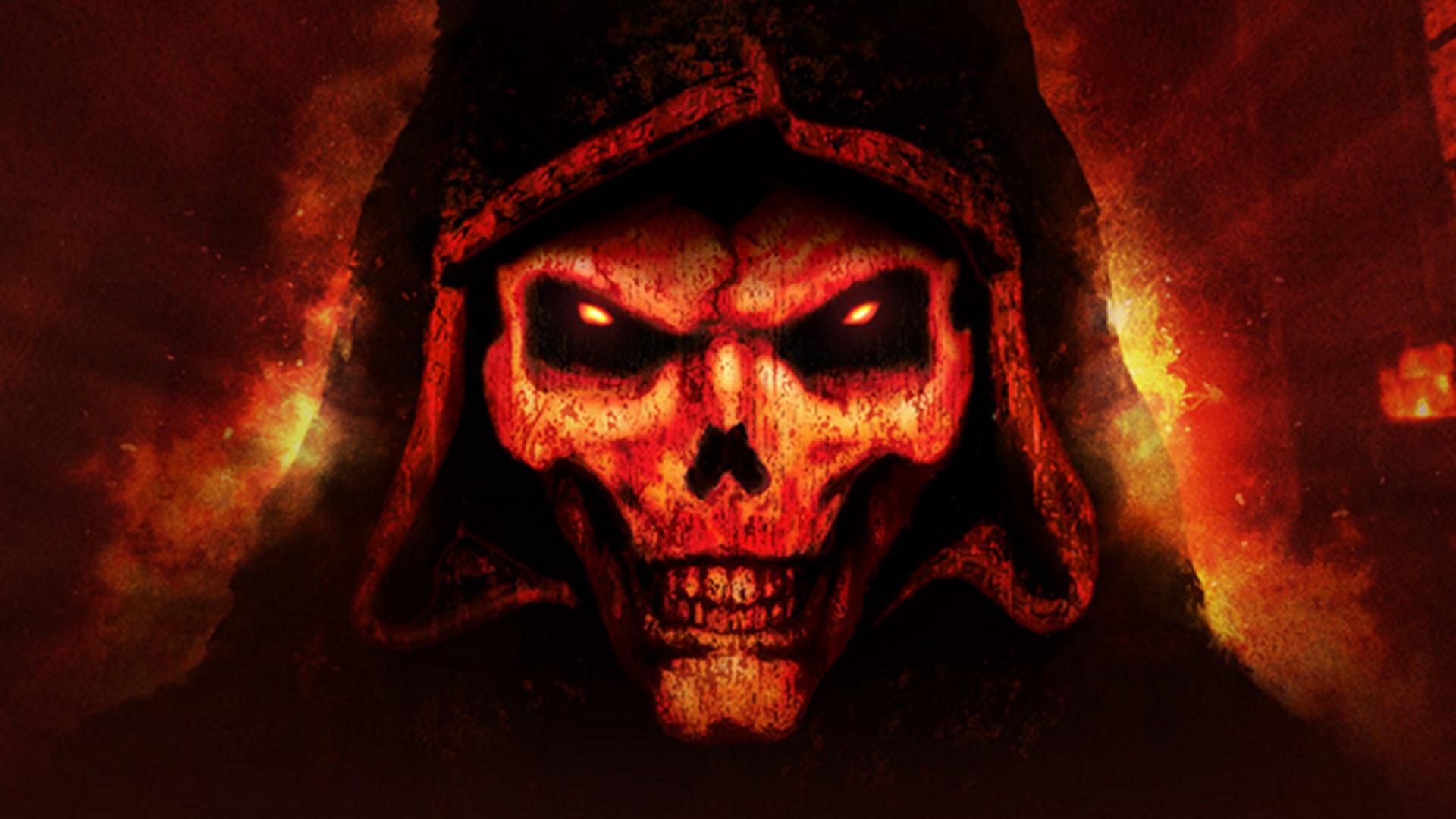
When players easily copied valuable items like rings and runes, they became much more common, causing their prices to plummet. The value of powerful items, such as Stone of Jordan, dropped dramatically, and sellers became a clear example of how messed up the game’s economy had become. While resetting the game’s ranking system offered temporary improvements, the economy would quickly become unstable again whenever new ways to cheat or exploit the system were discovered. Players started working together and created their own methods for confirming an item’s authenticity to minimize the risk of being scammed.
‘H1Z1’ (2015)
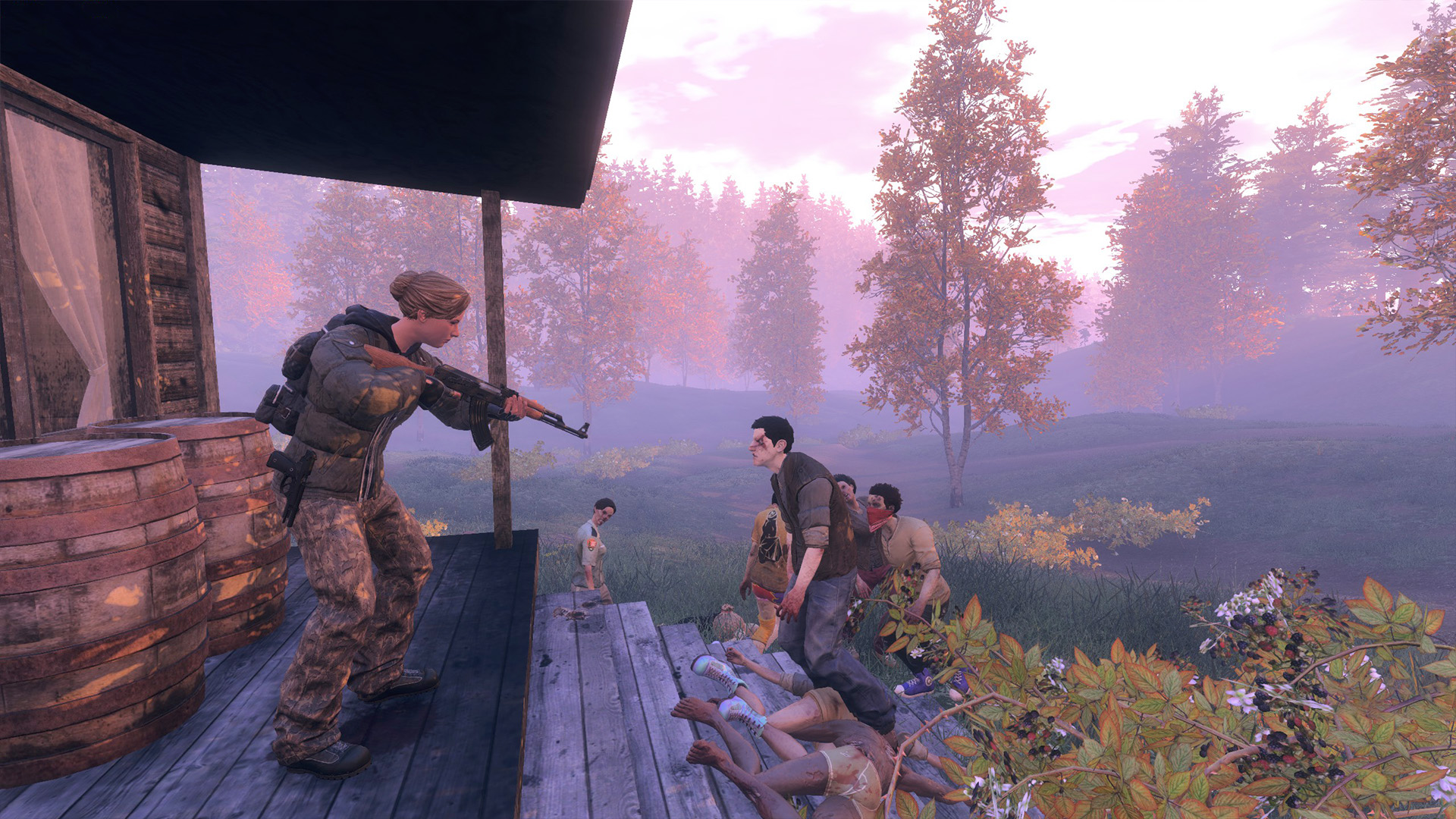
A flaw that allowed players to get refunds caused a surge of rare in-game items, crashing the market. Prices dropped so fast that systems tracking them couldn’t keep up. The developers tried to fix things by reversing some changes and marking certain items, but the initial damage was significant. It took several updates and security improvements to fully restore player trust.
‘Axie Infinity’ (2018)
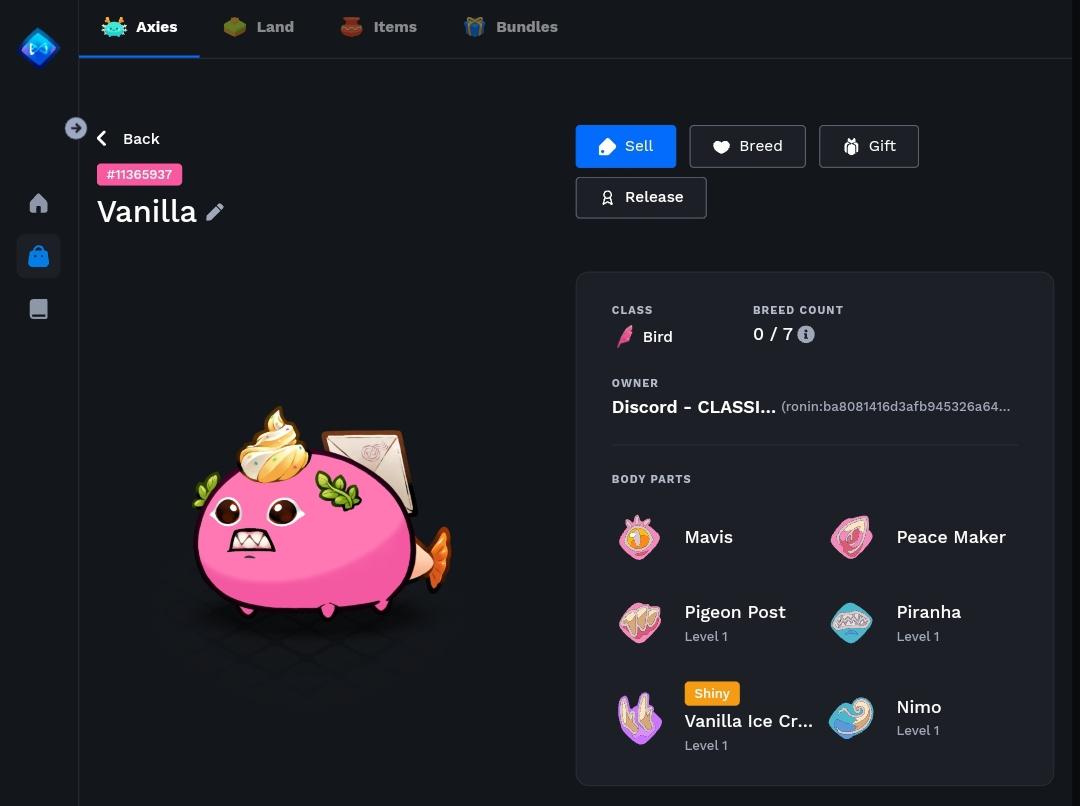
The game’s rewards were higher than what was being removed from circulation, causing the value of its tokens to drop quickly and reducing the real-world value of in-game earnings. Adding more characters through breeding created a surplus, and prices on the game’s marketplace fell rapidly. Attempts to control this inflation didn’t work because there wasn’t enough trading activity or interest. Ultimately, the game demonstrated what can happen when earning rewards become more important than actually using the game’s features.
Share the wildest economy crash you witnessed in a game in the comments.
Read More
- Broadcom’s Quiet Challenge to Nvidia’s AI Empire
- Heights Capital Bets $16M on ImmunityBio: A Calculated Gamble?
- How to Do Sculptor Without a Future in KCD2 – Get 3 Sculptor’s Things
- Odyssey of Avalanche: DeFi’s New Darling, Zero Lockups! 🚀🎩
- Gold Rate Forecast
- METH PREDICTION. METH cryptocurrency
- UWM Shares Stir the Pot After CEO’s $6.9M Move
- Trump Ends Shutdown-And the Drama! 🎭💸 (Spoiler: No One Wins)
- How to rank up with Tuvalkane – Soulframe
- How Bank of America is Poised to Thrive in the Coming Years
2025-11-21 03:47